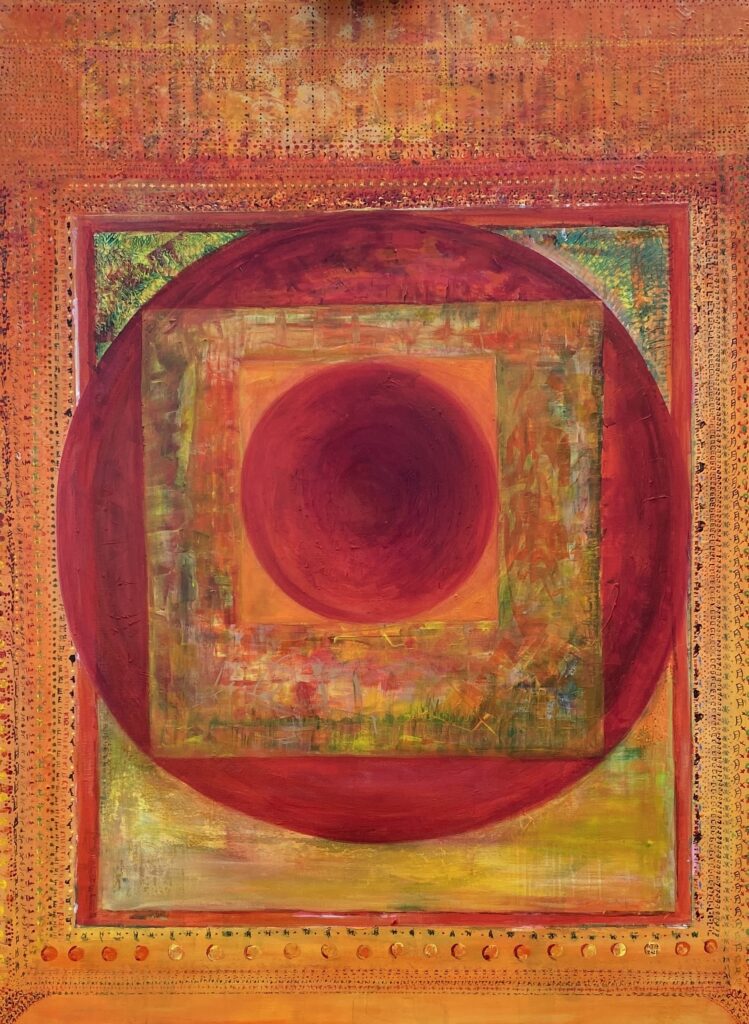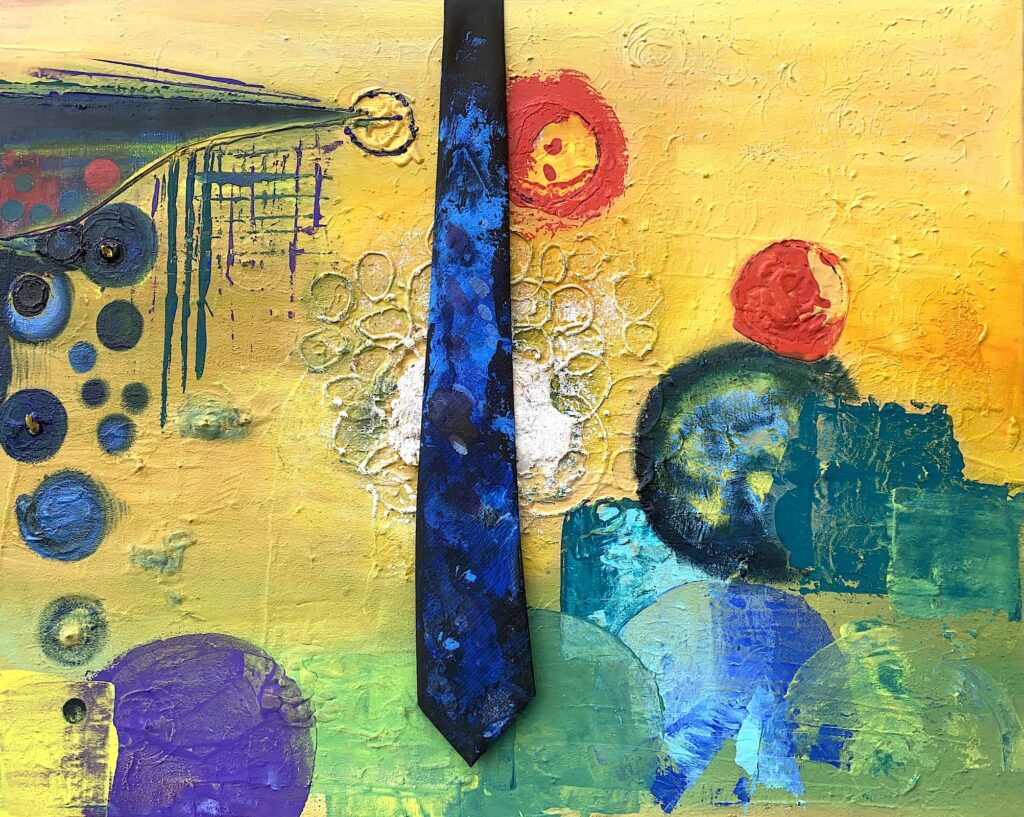It is a short essay about my recent abstractions by Karolina Jablonska. She is an independent art historian and art curator, based in Poland, Lodz.
October 26th, 2025
In her recent works, Kasia B. Turajczyk turns decisively towards abstraction, liberating the imagination of her audience. She grants viewers complete freedom in forming associations, impressions, and intuitions, while simultaneously opening her works to the emotions carried by those who contemplate them. She allows each individual to observe themselves from a distance, to reassess their own beliefs, to reflect within the imagery, and to consider the choices they make—thus prompting a search for new paths. In doing so, she offers something exceptionally precious in the contemporary world: time.
Nevertheless, there is nothing anarchic in Turajczyk’s painting, for the artist invariably introduces an element that guides the viewer’s imagination towards a specific, albeit still expansive, domain. This narrowing of focus does not constitute a constraint but rather serves as a form of support. The guiding element may manifest as a figure, a patch of colour, a line or its fragment, or even a single point.
Turajczyk constructs atmosphere through colour. At times, her compositions are imbued with vibrant energy, as though the hues might leap from the plane of the canvas before our eyes. At other times, delicate patches gently merge into one another, drawing us into a realm of harmony and timeless flow. There are also works in which colour functions as a monochromatic background—a foundation upon which lines or forms encounter one another. Through the interplay of colours, the artist can create a sense of spatial depth, occasionally evoking, however briefly, the illusion of movement.
In many of her pieces, Turajczyk incorporates script. She does so in an unconventional manner, treating it not as a vehicle of information but as a testament to the centuries past—an imprint of recorded thought, memory, and the continuity of humankind. At times, the marks inscribed upon the soft surface of paint arise from a desire to preserve, to transmit, or to suspend a moment in time. On other occasions, the gesture itself, unique and unrepeatable, signifies the presence of the human being. Turajczyk’s oeuvre embodies the spirit of humanistic reflection cultivated throughout the ages. However, she most often turns towards the past, seeking therein models and values worthy of renewed contemplation, or those whose absence she senses in the present day.
Encountering Turajczyk’s paintings is akin to meeting a benevolent interlocutor with whom one may converse unhurriedly about the world we inhabit and the place of humanity within it. Her works resemble a magical casket containing multiple dimensions, realms, and epochs through which the viewer may wander, experiencing innumerable emotions and impressions—those that remain with us permanently.
Karolina Jablonska, art historian and independent art curator


